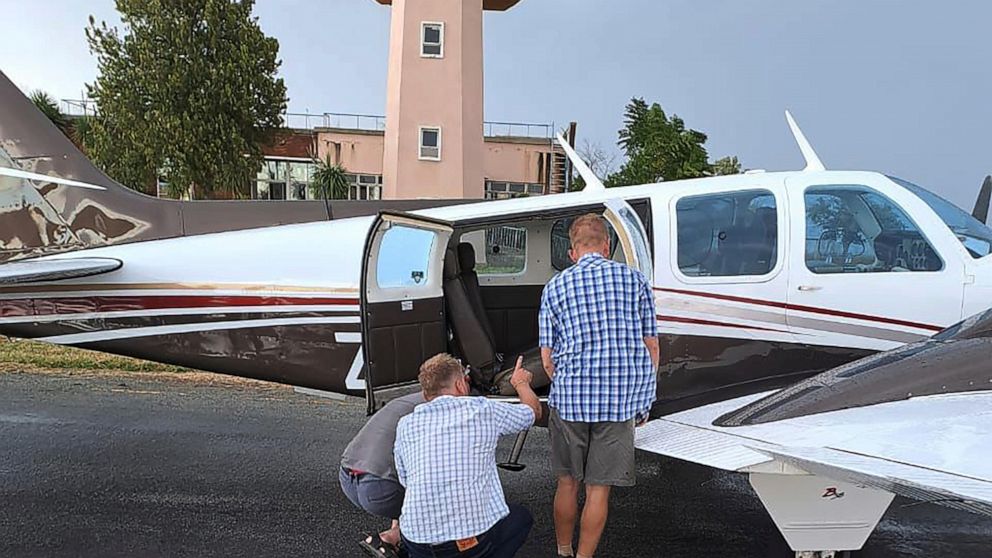By Girish Linganna
Only about a month ago, on Monday, April 4 this year, a South African pilot named Rudolf Erasmus gathered applause from aviation experts for safely making an emergency landing after an extremely venomous Cape Cobra reared its head in the cockpit midflight, news agency PTI had reported. Erasmus kept his nerve even as he spotted for a brief second the cobra slithering back under his seat. He was piloting a small aircraft from Worcester to Nelspruit carrying only four passengers.
Erasmus was quoted as saying he usually flew aircraft with a water bottle lodged between his leg and his hip towards the side wall. When he felt a cold sensation near his waist, he thought water was dripping from his bottle. He looked down and there was the cobra sliding its head back underneath his seat. The flight was, by then, travelling quite close to Welkom airport. Erasmus rasped out an emergency call to the Johannesburg air traffic control.
Not all flights are as scary as this, but cockpit seat technology in military aircraft is very complex. One of the most important aspects of cockpit seat technology is the ejection system. This system must be able to quickly and safely eject the pilot from the aircraft in case of an emergency. The ejection system typically consists of a rocket motor, a seat and a parachute. The rocket motor propels the seat out of the aircraft, the seat protects the pilot from the forces of ejection and the parachute slows the pilot’s descent to the ground.
In addition to the ejection system, cockpit seat technology also includes a number of other features, such as: A harness system that secures the pilot to the seat; A headrest that protects the pilot’s head from injury during an ejection; A parachute deployment system that automatically deploys the parachute when the pilot ejects; and A survival pack that includes food, water and other supplies that the pilot may need after ejecting from the aircraft
The complexity of cockpit seat technology is necessary to ensure the safety of the pilot. By providing a safe and comfortable seat and by incorporating a number of features that protect the pilot during an ejection, cockpit seat technology helps save lives.
Here are some of the key features of cockpit seat technology in military aircraft: Zero-zero ejection capability: This means that the seat can be used to eject the pilot from the aircraft even if it is on the ground or flying at a very low speed. High acceleration tolerance: The seat must be able to withstand high acceleration forces during an ejection, without causing injury to the pilot.
Comfort and ergonomics: The seat must be comfortable for the pilot to sit in for long periods of time and it must also be adjustable to accommodate different body sizes. Durability: The seat must be able to withstand the harsh conditions of military use, such as extreme temperatures and vibration. Other safety features: The seat must include a number of safety features, such as a headrest and a parachute deployment system to protect the pilot during an ejection.
Cockpit seat technology is constantly evolving, as manufacturers strive to improve the safety and comfort of the pilot. New technologies—such as airbags and advanced materials—are being developed to make cockpit seats even safer and more comfortable.
There are many world-renowned manufacturers of cockpit seats for military aircraft. Some of the most well-known manufacturers include: Martin-Baker Aircraft Company (UK), Collins Aerospace (US), Saab (Sweden), Thales Group (France), Leonardo (Italy), Zvezda (Russia), Rockwell Collins (US), Goodrich Corporation (US), L-3 Communications (US) and Textron (US).
These manufacturers produce a wide range of cockpit seats for military aircraft—from simple seats for training aircraft to complex seats for high-performance fighter jets. The seats are designed to meet the specific needs of the aircraft and the pilots who use them.
The cockpit seats produced by these manufacturers are used by militaries around the world. They have helped to save countless lives and have played a vital role in many military operations. (IPA Service)




 52 Years After Army Massacre Of Bengalees, Pakistan Yet To Apologise
52 Years After Army Massacre Of Bengalees, Pakistan Yet To Apologise